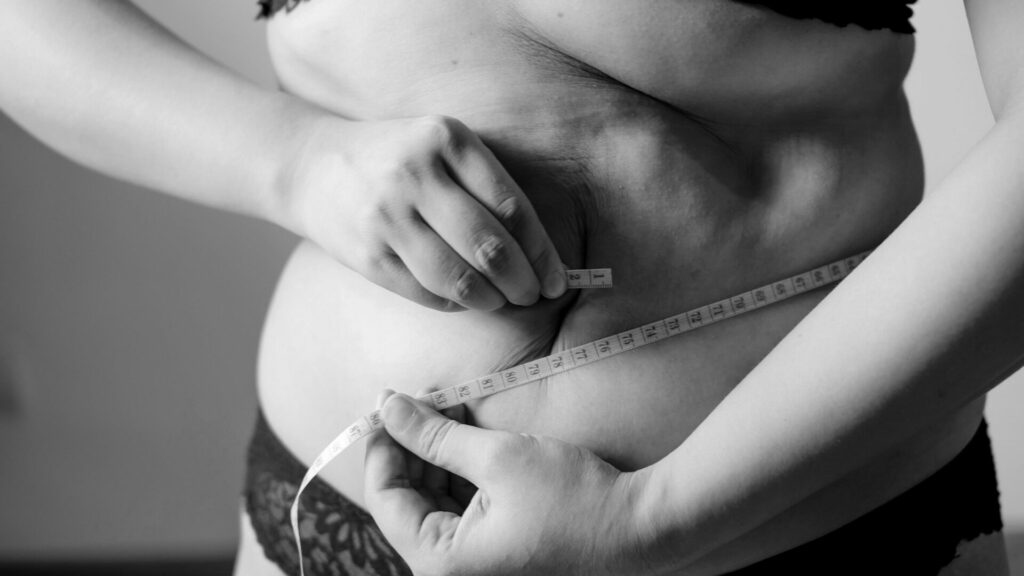Free BRI Calculator
Body Roundness Index Calculator
Looking for a more accurate way to assess your health? Try our BRI Calculator! The Body Roundness Index (BRI) is a modern alternative to BMI, providing a better estimate of abdominal fat and its related health risks, such as heart disease and diabetes.
Free BRI Calculator

About the Body Roundness Index (BRI)
Discover your BRI! A modern alternative to BMI, the Body Roundness Index (BRI or B.R.I) offers a clearer picture of abdominal fat and health risks.
BRI (Body Roundness Index) is a modern health metric that estimates body shape and fat distribution - specifically abdominal fat - using waist circumference and height. It’s designed to provide a more accurate assessment of health risks than traditional BMI.
BMI (Body Mass Index) calculates body fat based on height and weight.
BRI focuses on waist size and height, making it more sensitive to central obesity—the fat stored around internal organs.
BRI gives a better estimate of health risks, especially for conditions like heart disease, diabetes, and some cancers.
BMI can be misleading:
- It doesn’t differentiate between fat and muscle.
- It doesn’t reflect fat distribution, which is critical in assessing health risk.
- It may misclassify athletes or older adults.
BRI addresses these issues by focusing on abdominal fat, a major risk factor for chronic illness. Research, including studies published in JAMA Network Open, has found BRI to be a better predictor of mortality and disease than BMI.
BRI requires:
Waist circumference
Height
It uses a specific formula developed by Thomas et al., producing a score between 1 and 20. The higher the score, the greater the roundness and the higher the risk related to abdominal fat.
Low BRI (Smaller than 3.4): Indicates minimal abdominal fat, representing a healthier body composition. However, extremely low scores might signal risks tied to being underweight.
BRI between 3.4 and 5.5: Suggests a balanced body shape, often reflecting the healthiest range for most individuals.
BRI between 5.5 and 6.9: Your BRI is slightly above the optimal range. While the risk is not as high as in extreme cases, it’s recommended to adopt healthier habits to reduce potential risks.
High BRI (Larger than 6.9): Reflects a higher concentration of visceral fat in the abdominal region. This is linked to an elevated risk of serious conditions such as cardiovascular disease, Type 2 diabetes, and other obesity-related illnesses. Research shows a 49% increased risk of all-cause mortality for those with a BRI of 6.9 or greater. It is recommended to consult a healthcare professional for personalized advice.
Yes! Our BRI calculator is:
✅ Free
✅ Anonymous
✅ Privacy-focused (works directly in your browser—no data sent)
✅ Supports both inches and centimeters
Just enter your waist and height to get instant results.
No. While BRI is a useful tool for self-assessment, it’s not a substitute for a medical diagnosis. Always consult a healthcare professional for a full evaluation of your health.
BRI is gaining traction. Studies like the one by Zhang et al. (2024) in JAMA Network Open show that BRI outperforms other metrics in predicting all-cause mortality and health risks, making it a valuable tool in preventive healthcare.
About our BRI calculator
Our Body Roundness Index calculator helps you quickly determine your BRI based on waist circumference and height. It supports both inches and centimeters.
Best of all, it’s completely free, online, anonymous, and requires no login. The calculator works directly in your browser without sending any of your private health data to a server, ensuring your privacy and security.
While our BRI calculator provides a quick and easy way to assess your body shape, it is not a substitute for professional medical advice. Please consult a healthcare professional for a comprehensive evaluation of your health.
We use the following formula developed by Thomas et al. to calculate the BRI:

Health Implications of Your BRI Score
- Low BRI (Smaller than 3.4): Indicates minimal abdominal fat, representing a healthier body composition. However, extremely low scores might signal risks tied to being underweight.
- BRI between 3.4 and 5.5: Suggests a balanced body shape, often reflecting the healthiest range for most individuals.
- BRI between 5.5 and 6.9: Your BRI is slightly above the optimal range. While the risk is not as high as in extreme cases, it’s recommended to adopt healthier habits to reduce potential risks.
- High BRI (Larger than 6.9): Reflects a higher concentration of visceral fat in the abdominal region. This is linked to an elevated risk of serious conditions such as cardiovascular disease, Type 2 diabetes, and other obesity-related illnesses. Research shows a 49% increased risk of all-cause mortality for those with a BRI of 6.9 or greater. It is recommended to consult a healthcare professional for personalized advice.
“BRI was found to be superior over other anthropometric indicators in estimating the risk for various clinical end points”
Zhang et al.
JAMA Network Open, Body Roundness Index and All-Cause Mortality Among US Adults, 2024
Calculate BRI
The Body Roundness Index provides an easy way to check your body shape and associated health risks.
Sources and Further Reading
Our BRI calculator and the recommendations are based on the following sources.
Relationships between body roundness with body fat and visceral adipose tissue emerging from a new geometrical model
Zhang X, Ma N, Lin Q, et al. Body Roundness Index and All-Cause Mortality Among US Adults. JAMA Netw Open. 2024;7(6):e2415051. doi:10.1001/jamanetworkopen.2024.15051
https://jamanetwork.com/journals/jamanetworkopen/fullarticle/2819558
Relationships between body roundness with body fat and visceral adipose tissue emerging from a new geometrical model
Thomas, D.M., Bredlau, C., Bosy-Westphal, A., Mueller, M., Shen, W., Gallagher, D., Maeda, Y., McDougall, A., Peterson, C.M., Ravussin, E. and Heymsfield, S.B. (2013), Relationships between body roundness with body fat and visceral adipose tissue emerging from a new geometrical model. Obesity, 21: 2264-2271. https://doi.org/10.1002/oby.20408
